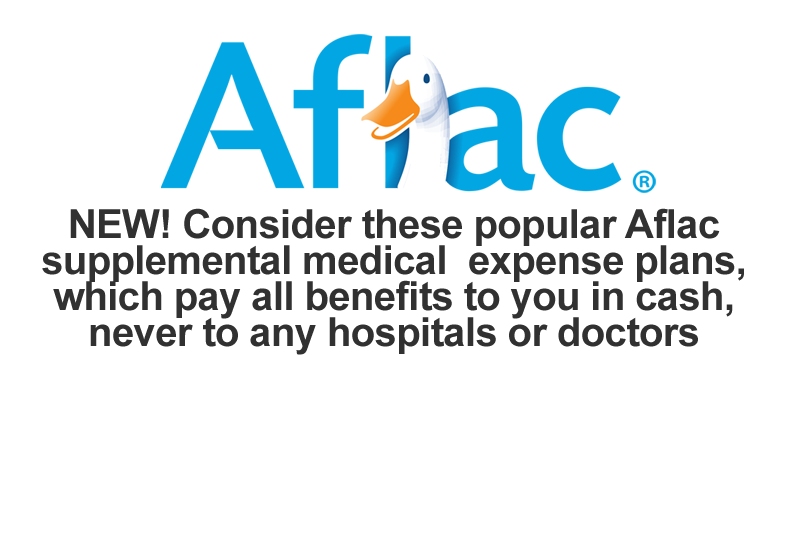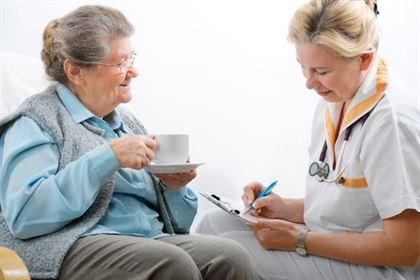 A full 90 percent of middle-income Americans are not ready for the financial hardship posed by a critical illness diagnosis.
A full 90 percent of middle-income Americans are not ready for the financial hardship posed by a critical illness diagnosis.
They don’t have enough savings on hand and don’t have long-term care insurance or critical illness insurance to help defray the cost, according to a recent study by the Washington National Institute for Wellness Solutions.
The study, Middle-Income America’s Perspectives on Critical Illness and Financial Security, which surveyed 1,001 Americans ages 30 to 66 with an annual household income of between $35,000 and $99,999.
It found that only one-in-10 felt strongly confident they had enough savings to cover family emergencies and handle the financial implications of a critical illness.
Things like cancer, heart disease, stroke and Alzheimer’s come with monetary costs that aren’t fully covered by health insurance—such as the cost of at-home care for someone who is impaired or covering a potential loss of income.
If faced with such a problem most middle-income Americans said they would be forced to draw on savings to pay for out-of-pocket expenses not covered by insurance, although the study also found that most have little in the bank to fall back on.
According to the study, 75 percent have less than $20,000 in savings, 50 percent have less than $2,000 in savings and 25 percent have no savings at all.
To pay for critical illness costs, middle-income Americans said they would need to use credit cards (28 percent) or loans from family/friends (23 percent) or financial institutions (19 percent) to offset expenses not covered by health insurance.
Another one-fourth (23 percent) said they simply “don’t know” what resources they would use to help offset their expenses. Millennials and Gen Xers anticipated greater reliance on credit cards and loans to pay for critical illness expenses.
This is in spite of a belief that the financial impact of a critical illness can be significant. Thirty-eight percent said they might never financially recover from a battle with cancer and 45 percent believed they would never recover financially from an Alzheimer’s/dementia diagnosis.
Despite the vulnerability in financial preparedness for critical illness, few middle-income Americans have had meaningful discussions about potential care-giving options or financial planning for critical illness. Eighty-eight percent have had no conversations with loved ones or advisers about potential care-giving options and 60 percent have not discussed financial planning for critical illness. Only 12 percent have actively explored care-giving options.
“Educate yourself about the real-life costs of critical illness,” Barbara Stewart, Washington National Insurance Company’s president, said in a statement. “Find out what your current insurance will—and will not—cover, and then assess your overall financial health. Identify the gaps between the resources you would need and the options already available to you.”












